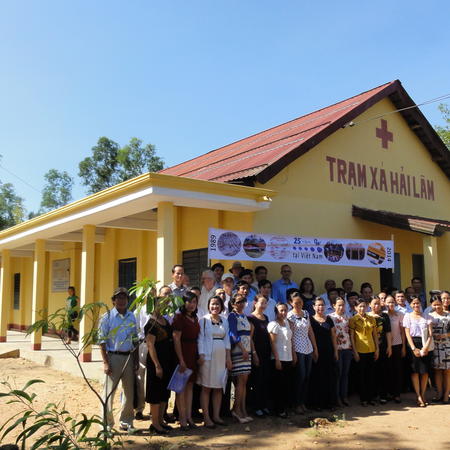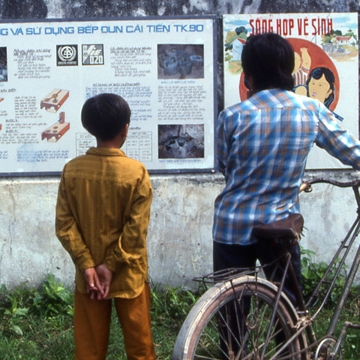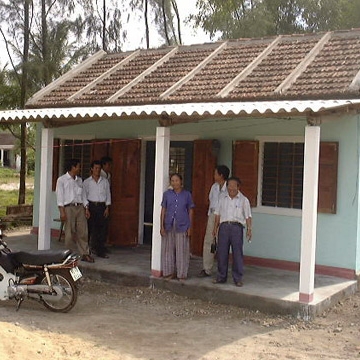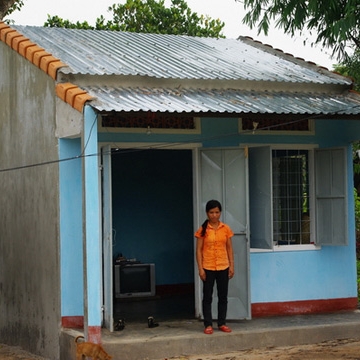- English
- Français
- Tiếng Việt
Research on knowledge about habitat, risk & climate change & the built & natural environment
DW participates in studies and research in fields related to its work on habitat, vulnerability and environment issues.
- Partner organisation and only NGO in the "KNOW-4-DRR" EU FP7 project between june 2013 and june 2015, exploring how knowledge on mitigation and adaptation is produced, shared, maintained, and used (or not used ) by a variety of stakeholders. It aimeds at identifying barriers to knowledge use and sharing as well as potential bridges among experts and professionals with different disciplinary backgrounds and different roles. The creation of tools to enhance societal capacity to learn from past successes and mistakes and update its knowledge on natural extremes and climate change potential consequences is part of the project’s effort through workshops, seminars, and living labs. To learn more, see here
- Participation in the Mexico / European Union supported "Risks and vulnerability network : research on social strategies of prevention and adaptation" research programme since 2010 managed by CIESAS-FONCICYT.
- "Impact study on developing local capacity to reduce vulnerability and poverty in central Viet Nam", reviewing ten years of DW work on disaster risk reduction in shelter. Supported by the Building and Social Housing Foundation. Download the report here.
The Woodless Construction Programme:
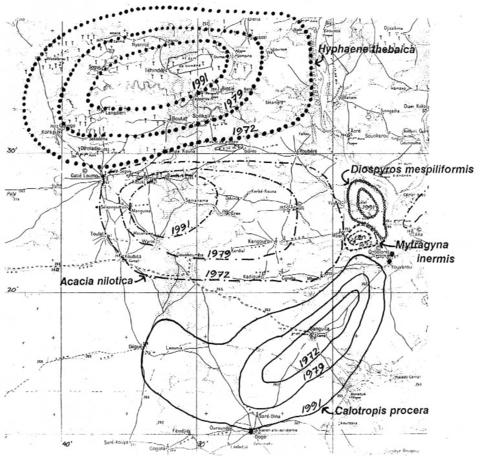
- As part of the DWF Woodless Construction programme in the Sahel region of West Africa, since 1990 DWF and colleagues carried out a series of studies on the links between human habitat and the environment in West Africa. An aspect of this work considered the declining availability of the most favoured and durable species of trees - and particualrly palm tree trunks used as roofing beams, including Borassus aethiopum (Borassus Palm, also known as Ronier in the Sahel) and Hyphaene thebaica (known as Doum Palm in the Sahel), which could last many decades. The excessive cutting of these sought after trees contributed to making them rare; surveys showed the shrinking areas where such palms could be found. Substitute species used for roofing beams often have poorer durability requiring more frequent replacement, sometimes after only three or frour years, adding to the rate of tree cover depletion and thus to desertification.See reports and articles in French;








